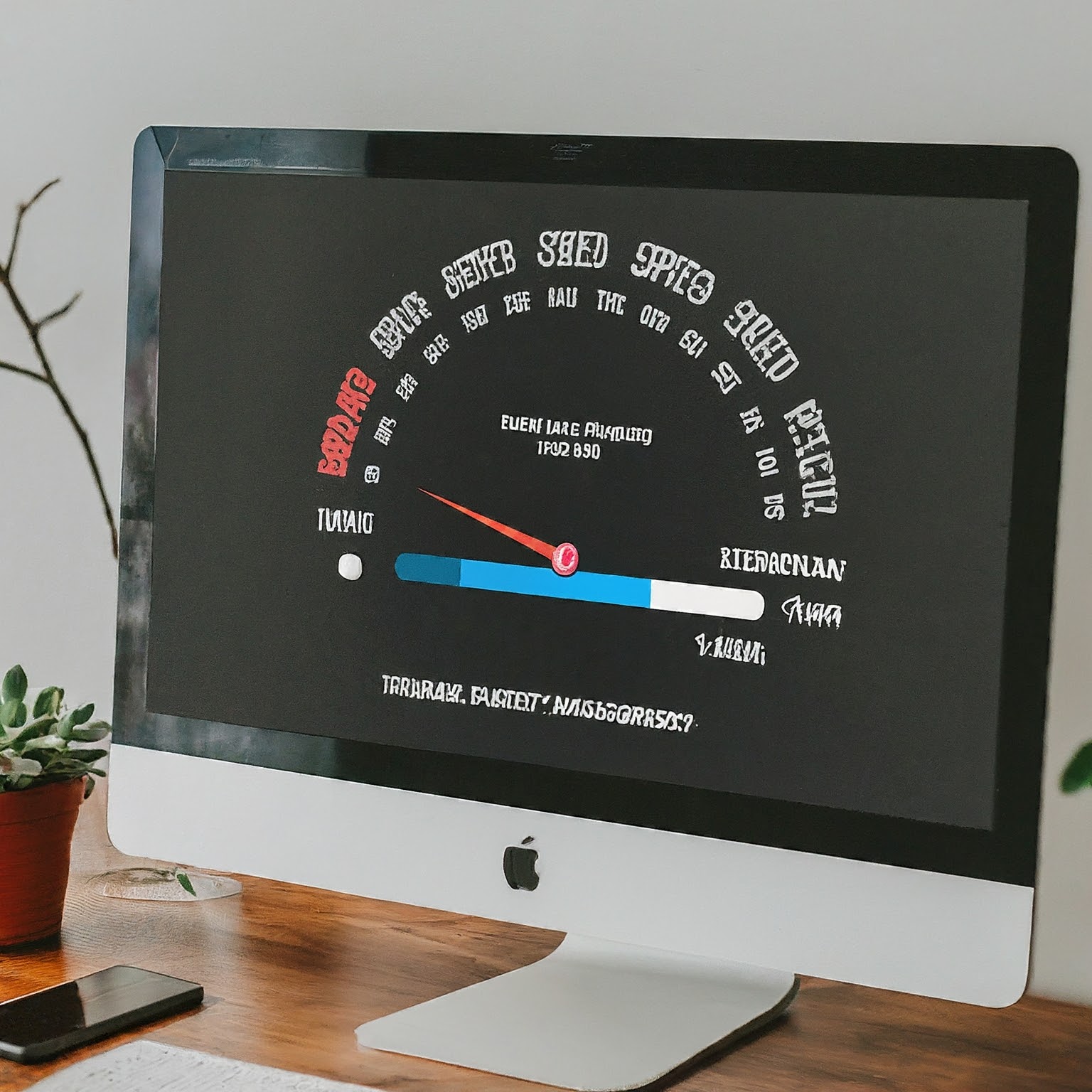The internet speed test has become an indispensable tool in the modern digital age, allowing users to gauge their internet connection’s performance. But what exactly is an internet speed test, and how does it work? This exclusive article delves deep into the world of internet speed tests, exploring their intricacies, significance, and impact on your online experience.

Understanding the Internet Speed Test
An internet speed test is a diagnostic tool designed to measure the speed and quality of your internet connection. It assesses key parameters, including:
Download Speed: The rate at which data is transferred from the internet to your device.
Upload Speed: The rate at which data is transferred from your device to the internet.
Ping (Latency): The time it takes for a data packet to travel from your device to a server and back.
Jitter: The variation in ping times, indicating network stability.
These parameters collectively determine your internet connection’s overall performance, influencing activities like streaming videos, online gaming, video conferencing, and browsing the web.
How Does an Internet Speed Test Work?
Internet speed tests operate on a simple principle. When you initiate a test, your device establishes a connection with a remote server. The test then measures the time taken to send and receive data packets of varying sizes between your device and the server.
The download speed is determined by calculating the time taken to download a large file from the server. The upload speed is calculated similarly by measuring the time taken to upload a file. Ping is measured by sending a small data packet to the server and recording the round-trip time. Jitter is assessed by analyzing the variations in ping times over multiple tests.
Why Internet Speed Tests Matter
Internet speed tests serve several critical purposes:
Troubleshooting Connectivity Issues: If you experience slow internet speeds or connectivity problems, an internet speed test can help diagnose the issue. By comparing your results to your internet service provider’s (ISP) advertised speeds, you can determine if you’re getting the service you’re paying for.
Optimizing Network Performance: Internet speed tests can help you identify bottlenecks in your network. If your download or upload speeds are significantly lower than expected, you can take steps to improve your network’s performance, such as upgrading your router or modem, optimizing Wi-Fi settings, or changing your ISP.
Making Informed Decisions: If you’re considering switching ISPs or upgrading your internet plan, internet speed tests can provide valuable insights into the performance of different providers and plans in your area.
Factors Affecting Internet Speed Test Results
Several factors can influence the results of an internet speed test:
Server Location: The physical location of the test server can significantly impact your results. Choosing a server closer to your location can yield more accurate results.
Network Congestion: During peak usage times, your network may experience congestion, leading to slower speeds. Conducting tests at different times of the day can help you assess the consistency of your connection.
Device and Software: The device you use to conduct the test and the software running on it can also affect your results. Using a wired connection instead of Wi-Fi and closing bandwidth-intensive applications can improve accuracy.
Background Processes: If other devices on your network are consuming bandwidth, your test results may be lower than expected.
Choosing the Right Internet Speed Test
Numerous internet speed test providers are available online, each with its own strengths and weaknesses. When choosing a provider, consider the following factors:
Reputation: Opt for reputable providers known for their accuracy and reliability.
Server Locations: Choose a provider with servers in multiple locations, including one close to your location.
Test Options: Some providers offer additional tests, such as jitter and packet loss tests, which can provide further insights into your connection’s quality.
User Interface: A user-friendly interface can make the testing process easier and more intuitive.
Interpreting Internet Speed Test Results
Understanding the results of an internet speed test is crucial for making informed decisions about your internet connection. Here’s a breakdown of the key parameters:
Download Speed: This is the most critical parameter for most users, as it determines how quickly you can download files, stream videos, and browse the web. A download speed of at least 25 Mbps is recommended for most activities, while higher speeds may be required for 4K streaming or online gaming.
Upload Speed: This is important for activities that involve uploading data to the internet, such as video conferencing, online gaming, and cloud storage. An upload speed of at least 3 Mbps is generally sufficient for most users.
Ping (Latency): This measures the responsiveness of your connection. Lower ping times are desirable, especially for real-time applications like online gaming and video conferencing. A ping time of under 50 ms is considered good.
Jitter: This indicates the stability of your connection. High jitter can lead to disruptions in real-time applications. A jitter value of under 30 ms is generally acceptable.
Optimizing Your Internet Speed
If your internet speed test results are not satisfactory, you can take several steps to improve your connection’s performance:
Upgrade Your Equipment: If you’re using outdated equipment, such as an old router or modem, consider upgrading to newer models that support faster speeds.
Optimize Wi-Fi Settings: If you’re using Wi-Fi, ensure that your router is placed in an optimal location and that your Wi-Fi channels are not overcrowded. You can also try changing your Wi-Fi password to a stronger one and enabling WPA3 encryption for enhanced security.
Use a Wired Connection: If possible, connect your devices directly to your router using an Ethernet cable for a more stable and faster connection.
Close Bandwidth-Intensive Applications: If you’re not using an application, close it to free up bandwidth for other activities.
Limit the Number of Connected Devices: If too many devices are connected to your network, it can slow down your connection.
Contact Your ISP: If you’ve tried all the above steps and are still experiencing slow speeds, contact your ISP to see if there are any issues on their end.
The Future of Internet Speed Tests
As internet speeds continue to increase and new technologies emerge, internet speed tests are also evolving. Future internet speed tests may incorporate features like:
Real-Time Speed Monitoring: This would allow users to monitor their connection speed in real time, providing valuable insights into how their activities affect their connection’s performance.
Network Quality Assessment: Future tests may go beyond measuring speed and assess other aspects of network quality, such as packet loss and latency under load.
Personalized Recommendations: Tests may provide personalized
recommendations based on the user’s specific needs and usage patterns.

Conclusion
The internet speed test is a powerful tool that empowers users to understand and optimize their internet connection’s performance. By understanding how internet speed tests work, the factors that affect their results, and how to interpret the results, users can make informed decisions about their internet service and take steps to improve their online experience. As technology continues to advance, we can expect internet speed tests to become even more sophisticated, providing users with deeper insights into their connection’s capabilities.